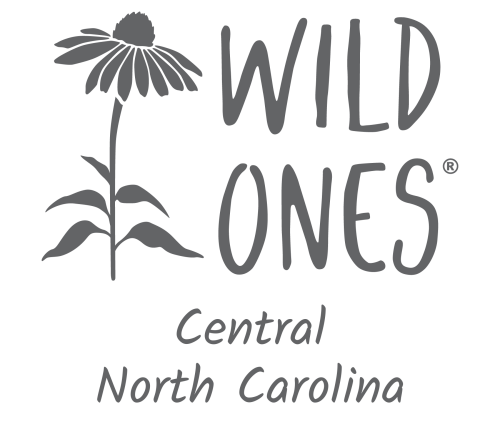High Rock Lake is experiencing water quality issues due to algal blooms which may produce harmful toxins and can cause illness if ingested by humans and pets. The Department of Environmental Quality is currently drafting new state requirements (called “Rules”) to address the increased nutrients in this watershed causing the blooms. These rules are expected to impact a wide range of nutrient sources, including but not limited to impervious surfaces, stormwater runoff, agriculture, wastewater, and riparian buffers. A Steering Committee has been selected with membership spanning a diverse cross-section of individuals and groups from across the watershed and representing various interests and perspectives, and technical advisory groups (TAGs) are being convened to investigate different control strategies for nutrient sources in the area that drains to High Rock Lake. Planning meetings are being scheduled through 2023 and the public is invited to participate. Please contact Joey Hester (919-707-3675, [email protected]) if you have questions or for more information about how you can participate.
Wild Ones CNC is part of the Technical Advisory Group on Riparian Buffers.
This is a great group of people and it a privilege to be part of it. Wild Ones CNC contributes to finding solutions. Native plants are important in this process. Fertilizers and various chemicals used for lawn maintenance are part of the problem.This is an ongoing project. If anyone has an interest in learning more please reach out.

What is a Riparian Forest Buffer and why is it important? A Riparian Forest Buffer is the area adjacent to a stream that contains native trees, shrubs, grasses, and forbs. Riparian, or “streambank” vegetation is the only management practice that can efficiently prevent the loss of streambank soils, and acts very similarly to rebar in concrete in this regard. Riparian vegetation reduces erosion, reduces the overall velocity of stormwater, filters pollution, regulates water temperature, and creates biodiversity providing critical habitat for both aquatic and terrestrial species. A healthy riparian area typically consists of 3 zones: Zone 1 should be an “Unmanaged Natural Area” and can be a mix of grasses, forbs, and woody plants, depending on what the slope is and the frequency of floods. This zone needs to be at least 15’ wide if possible. As you move farther away from the stream, Zone 2 is “Managed Forest” and is generally a mix of trees, shrubs, and understory forbs and grasses that are adapted to both wet and dry conditions. Ideally, this zone should be around 20’ wide. The zone farthest away from the stream, Zone 3, is what is called the “Filter Strip” zone and is usually comprised of plants with a high capacity to slow down and hold water.
Riparian Forest Buffers play an essential role in protecting critical streambanks, improving water quality, and creating diverse habitat for many aquatic and terrestrial wildlife species.
Information derived from the Illinois River Watershed Partnership.

